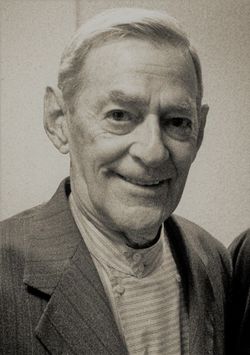Its golden age began on May 23, 1956, with the Sonora Matancera, directed at the time by Rogelio Martínez.
He acted in radio, television, theater, nightclubs and recorded several long-playing records. He excelled in the bolero, although he played almost all the rhythms. Among his most remembered recordings is the bolero by José Dolores Quiñones "Vendaval sin rumbo". He was known under the epithet "El flaco de oro". In Mexico, a book about his life and work was published. In 2003 he participated in a posthumous tribute to Celia Cruz. He died of a respiratory arrest.∼Celia Adán González Ascencio Outstanding Cuban singer, known in the musical environment as "El Satanás de Cuba". His most prodigious time was with the Sonora Matancera.
Its golden age began on May 23, 1956, with the Sonora Matancera, directed at the time by Rogelio Martínez.
He acted in radio, television, theater, nightclubs and recorded several long-playing records. He excelled in the bolero, although he played almost all the rhythms. Among his most remembered recordings is the bolero by José Dolores Quiñones "Vendaval sin rumbo". He was known under the epithet "El flaco de oro". In Mexico, a book about his life and work was published. In 2003 he participated in a posthumous tribute to Celia Cruz. He died of a respiratory arrest.∼Celia Adán González Ascencio Outstanding Cuban singer, known in the musical environment as "El Satanás de Cuba". His most prodigious time was with the Sonora Matancera.
Sponsored by Ancestry
Advertisement
Advertisement




